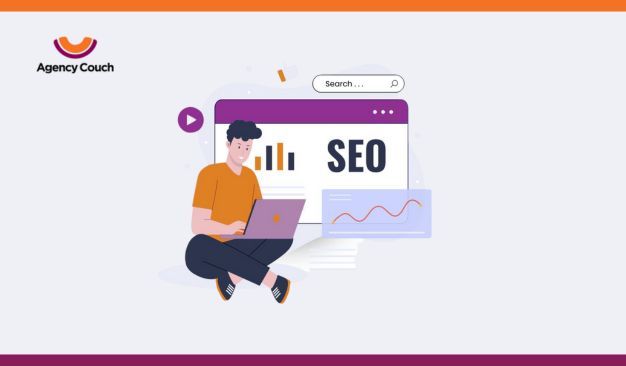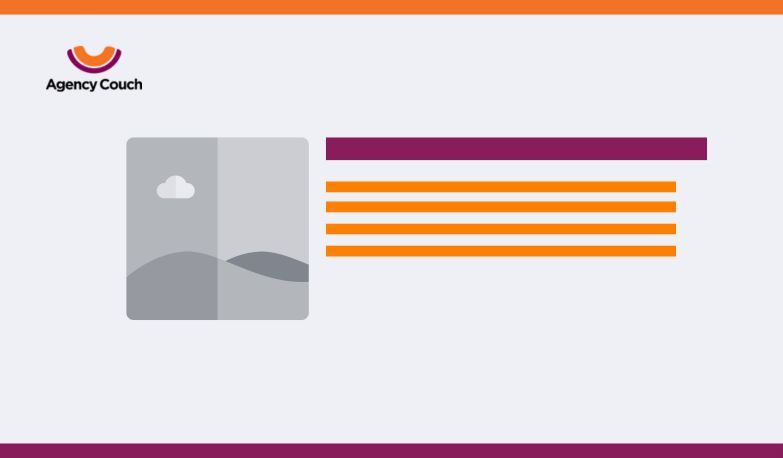Optimizing images for search engine optimization (SEO) is more important than ever in today’s digital environment, as visual material plays an essential part in engaging viewers. When ranking websites, search engines like Google take into account not just the content that is on a website but also the pictures on that website. In this article, we will discuss the most effective techniques and steps for ensuring that the images on your website are optimized for search engines, enhancing both the user experience and the website’s exposure.
What is "Optimizing" an Image?
In order to boost user engagement, it is necessary to create and deliver high-quality pictures in the appropriate format, size, and resolution this is known as image optimization. It requires correctly recognizing pictures with metadata so that search engine crawlers can read the images and understand the context of the page. Since photos that have been optimized take up less space on the server, it is possible to perform site backups in a shorter amount of time.
Adjust the Size of the Images
The loading speed of a webpage is the single most important factor in terms of search engine optimization for images, which determines a page’s ability to rank and attract visitors. Images of higher resolutions and bigger sizes significantly slow down website loading time. Therefore, if this is the case, you will be required to resize them. Images with a higher pixel count will have a larger size. The most reliable method for ensuring that you are making use of the appropriate picture sizes is to first determine the ideal image size for your website and then crop photographs before uploading them.
Compress the Images
Since image SEO and page speed are intricately tied to one another, the process of compressing images is an essential component of SEO. You should try to keep file sizes as small as possible to ensure that each page loads more quickly. Page load time is one of the many factors that search engines consider when determining rankings. The time it takes for a page to load depends directly on the size of the picture files that it contains. It’s possible that your rankings will decrease simply because your pages take a lengthy time to load. There are some software that may assist in compressing pictures while ensuring that their quality is not compromised.
Save the Image in the Proper Format
You need to be absolutely certain that you have selected the appropriate file format before you can begin uploading pictures to your website. PNG and JPEG are the most widely used image formats on the web, despite the fact that there are numerous image formats from which you can choose. Images saved as JPEG are ideal for those that have plenty of colours, while photos saved as PNG are preferable for those that are relatively simple. When compared to the older formats, encoding your images in these formats helps guarantee quicker load times and reduced data use on mobile devices.
Make Use of Alt Tags
Your website’s images should always have their own unique alt tags that provide a description of the image, and these alt tags should also contain appropriate keywords. When an image fails to load due to a technical issue, search engines may still read the alternative text and use it to determine how highly to rank the page. They also assist people who are unable to see the graphics on your sites in better understanding the content of those pages. As a component of your website’s SEO image optimization, the inclusion of alt tags to every picture on your website is required.
Use Unique Images
Images that are both creative and captivating are required in order to make your page stand out as beneficial to the user. It is not a good idea to utilize images from the internet since there may be a problem with copyright and they will not necessarily enhance your search results because other websites likely use the same images. In the same way that publishing original textual material is better for search engine optimization (SEO), it is also a good idea to upload unique pictures since the search engine ranks unique images. When you have more unique images, not only does it improve the experience for the user, but it also improves your chances of ranking well in relevant search results.
Make Use of Site Maps
Site maps are an essential component of search engine optimization (SEO) due to the fact that they provide information to search engines on the pages and structure of a website. Include images in your site map so that search engine crawlers will see them and index them properly. These images may be anything from graphics to humor to photos to video thumbnails. When your pictures are included in a sitemap, the likelihood of search engines scanning and indexing those images is significantly increased. As a consequence, this leads to an increase in site traffic.
Utilize Pictures That Are Compatible With Mobile Devices
You will need to have photos that are responsive in order to attain high ranks. Crawlers focus their attention primarily on the mobile version of a website since the Google algorithm utilizes mobile-first indexing. Therefore, you should make sure that your photographs are mobile-friendly. This indicates that the picture will adapt to the size of the web page regardless of whether the user is accessing it from a desktop computer or a mobile device. It adapts itself to the dimensions of the device being used. Images that are easy to see and can be comfortably seen on the screen are always enticing to users; hence, images should be mobile-friendly so that they can seem appealing when viewed on a mobile device.
Titles and Captions Should Be Used
As part of the process of optimizing the images for search engine results (SEO), you should also add title tags. Image titles are less significant for SEO, but they may help to contextualize the alt text. Image titles are more effective in terms of user engagement, so include a concise call to action.
Image captions are the text that appear immediately underneath photos; nevertheless, their influence on SEO may not be direct. The use of captions is a safe method for ensuring that your image is explained appropriately and in the right context.
In conclusion, search engine optimization of images is an essential component of modern digital marketing and the management of websites. As we’ve shown in the above article, image optimization affects more than just the aesthetic appeal of your website; it also has a direct influence on its visibility and user experience. If you use image optimization strategies in your SEO strategy, you will not only boost the search engine rankings of your website, but you will also elevate the entire user experience. This will ensure that your information stands out in a visually driven online environment by ensuring that it is presented in a manner that is engaging to users.



